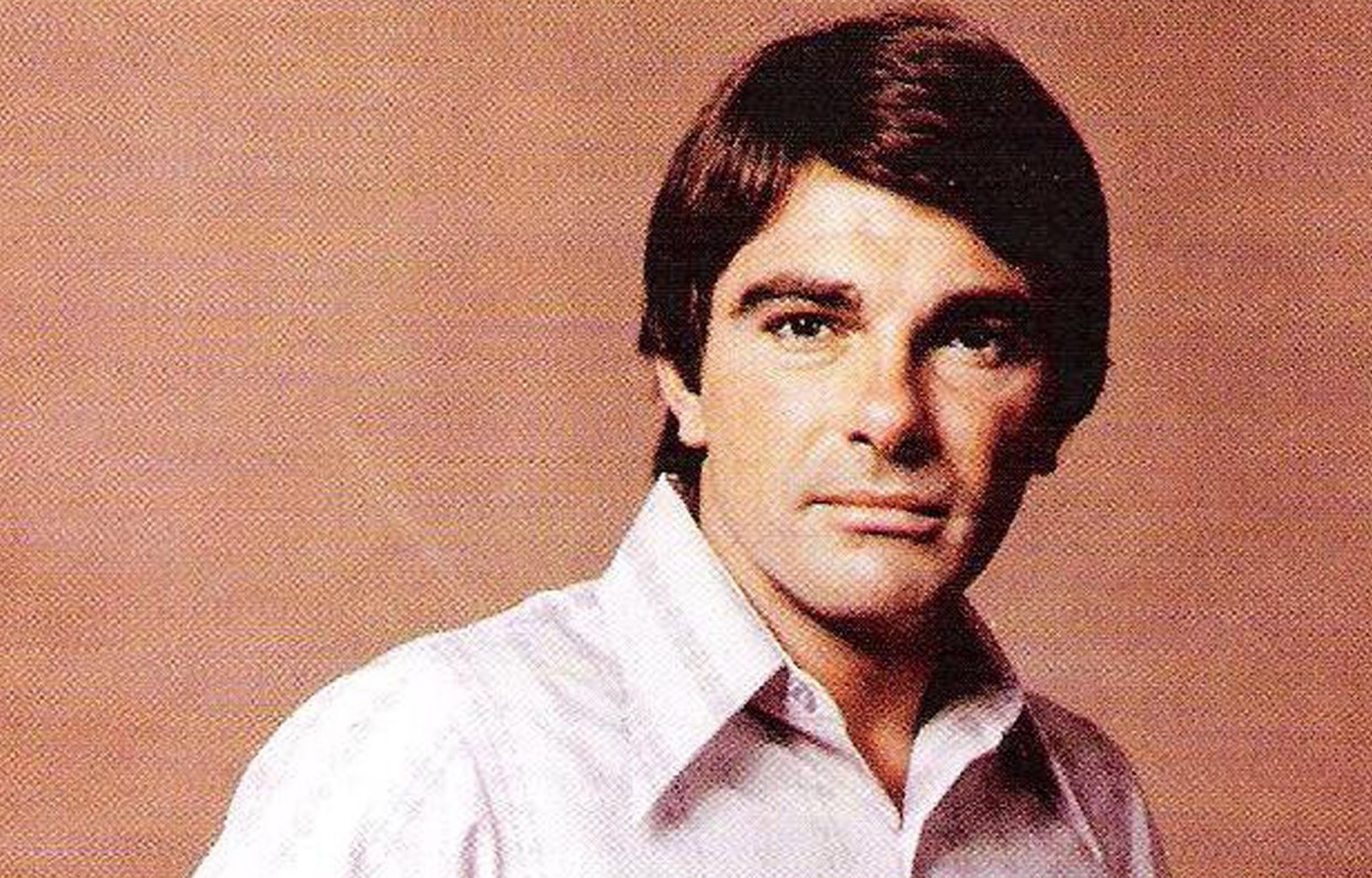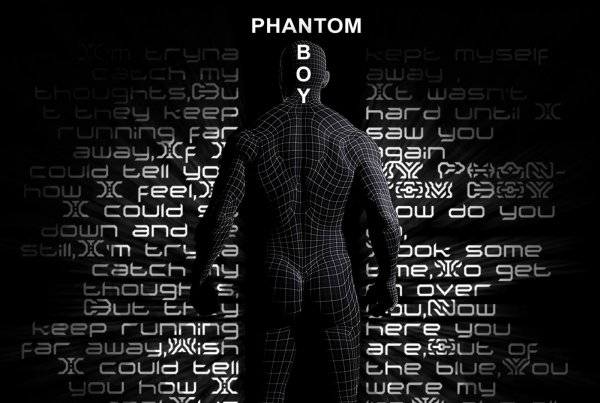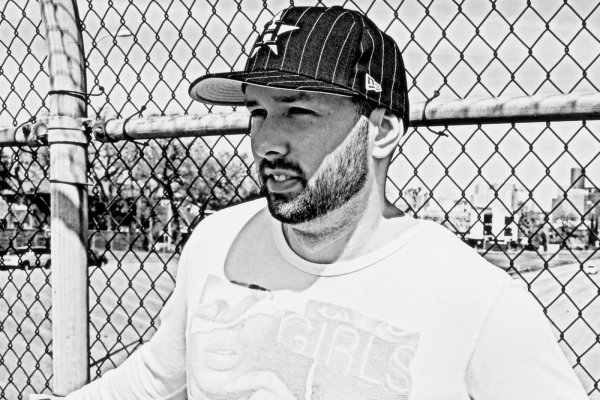Things Tom Moulton Knew
There are many key players in the history of dance music and DJing, some more well known than others. Recent years have seen many of these pioneers start to get the recognition they deserve and Tom Moulton - disco producer extraordinaire and remix innovator - whilst not well known outside music circles, is now at least recognised as a central figure in the development of dance music culture - and if you’re a DJ, then you owe a big debt to Tom Moulton.
DJs often speak in terms of smashing it and tearing the roof off, but the truth is that a nightclub crowd on a dance floor - in a smaller venue at least - is actually quite a delicate thing: a couple of false moves and it can wither away into nothingness. Tom Moulton, although never a DJ himself, knew this. Dancing in public requires a substantial loss of inhibitions. And if you doubt this, simply walk into a busy street, start dancing and see how you feel. Dancing only happens under the correct circumstances, when there are enough mitigating factors - alcohol, darkness, loud music, substances, flashing lights, a herd to feel a part of. That’s why nightclubs are dark, the music is overpowering and the lights are disorientating. It’s about taking you out of your normal life and your normal self, and creating somewhere that seems magical, dreamlike and where the everyday rules can be transgressed. The full-on assault on the senses that is the night club experience is designed specifically to allow people to become unselfconscious, to hide from the usual gaze and any perceived judgement from others, and to let go: it allows one’s self to get lost, literally.
But it’s fragile - if the number of people not dancing reaches a certain critical point, then others will feel less relaxed on the dance floor, the spell is broken and the atmosphere leaves the room like air from a punctured tyre. Tom Moulton knew this. He knew it in 1972 when he visited the gay summer community of Fire Island, 50 miles north of New York, and checked out one of the local DJs. Moulton had actually left the music industry having become disillusioned and at the time was working as a model. The well-off white gay holidaymakers of Fire Island were dancing to Soul and R’n’B - music that over the next few years would slowly fester and mutate into Disco - and Moulton was struck by the simple fact that people left the dance floor when the songs changed. The music weaved a spell, enticing people to let down their guard and dance together, then every three minutes or so there would be this awkward gap while one song finished and the other one starts up. People who were really into their thing and lost in the music would have their spell broken and often wander off the floor. Moulton thought, wouldn't it be great if the songs didn’t end like that, if those moments could continue?

Francis Grasso
He wasn’t the only one to be thinking along these lines. Francis Grasso began DJing at The Sanctuary in New York in 1971 and had pioneered many DJing techniques that addressed these very issues of continuity and flow. When Grasso DJed, he transitioned from one song to the next maintaining the beat. He layered the outro from one track over the intro of another, had ‘signature mixes’ and used ‘slip-mats’ on his decks (so that the platter keeps spinning whilst the vinyl is held stationary, enabling it to begin playing smoothly at precisely the correct point). He was the first DJ to use headphones so he could preview the incoming track to ensure it began in sync with the preceding track. Impressively, he developed these skills on gear that wasn’t created with the needs of the modern DJ in mind, and with records that featured drummers, not drum machines and were thus subject to tempo fluctuations.
Club DJs were searching out longer records, and records with breaks, vamps, percussive sections and builds, records that would work at parties that went on all night. They were re-editing their records, either with reel to reel, or live with two vinyl copies to stretch them out. A new paradigm on the dance floor was being developed simultaneously by a number of DJs - from Nicky Siano to Kool DJ Herc - they were all thinking along the same lines and making the same observations: dancers loved long records because it allowed them to really let go, and they loved breakdowns - for some inexplicable reason, the part of the song where the music drops out and just the rhythm section is left was hugely effective on the dance floor. And they all realised that dancers could be kept on the floor if the DJ didn’t leave awkward gaps between songs.

Tom Moulton (Left)
Moulton saw all this too. He saw it, called it, then bent the technology to his will, and wrought cultural innovation with his bare hands. He produced and distributed a mix tape - 80 hours of painstaking work with vari-speed turntables and sound on sound recording, that resulted in 45 minutes of perfectly programmed and precisely synced Soul, R’n’B and proto-disco records. Moulton had realised the power of programming, of what is played when, and how context is vital to how a piece of music is received - but also the power of maintaining the beat, making a smooth transition between separate pieces of music, blending them together in time so that there is no break in momentum, making it that much harder for dancers to leave the floor. “I wanted to capture what I called a suite. Start here, and for 45 minutes I would literally have them. Control Them. So you could peel them off the walls by the time that 45 minutes was up. Screaming and yelling. I wanted them to get off on the music like I got off on it”.[1]
His mixes became hugely popular and would change hands for between $30 and $75 each.[2] At this stage Moulton was re-editing rather than re-mixing; without access to the original master tapes where he might be able to isolate individual instruments, he had to cut and paste different sections of a song to change the arrangement and flow. Moulton knew that if he elongated certain sections of a song, he could stretch out the pleasure that could be wrung from it, dancers could languish in the increased length, and have the time to really lose themselves. So he would extend intros and outros, loop sections he thought would work best on the dance floor and extend instrumental vamps and percussive breakdowns. In the process, he made a key contribution to a redefinition of the language of dance music, consolidating the production advances of Isaac Hayes, James Brown, Norman Whitfield and others. Advances that emphasised rhythmic, hypnotic, repetition and layered percussion, and that Moulton further developed to create euphoria-inducing peaks and troughs.
Whilst contacting record companies for tunes to use on his tapes, Moulton was asked to deliver a disco mix for Sceptre artists BT Express. He turned in an epic stretched-out 5 minutes and 52 seconds reinterpretation of ‘Do It Till You’re Satisfied’ – the first remix which featured extended instrumental sections. The band hated it, it was hugely successful and it set Moulton off on the next stage of his career, producing over 4000 remixes. He’s even credited with producing the first disco breakdown with his remix of Don Downing’s ‘Dream World’.
Moulton’s catalogue of innovations at this point would guarantee him a place in dance music history, but as if that wasn’t enough, in 1974, he also accidentally invented the 12” single, after there was a shortage of 7” vinyl when pressing up promos of Al Downing’s ‘I’ll Be Holding On’. When he played it back, he discovered that the depth, clarity and overall dynamics were substantially superior to a 7”: “And of course when I heard it I almost died”.[3] Aside from providing greater volume and depth, a 12” also allowed producers to create longer tracks, leading the way for audio alchemists like Walter Gibbons to really develop the idea of the remix as music specifically tooled for dance floors.
Tom Moulton’s innovations were essential to the rise of disco and there is a clear lineage from his work to the development of house and techno. His extending, re-editing and remixing helped define the structure and arrangement of club music. He engineered and EQ’ed his productions specifically for the dance floor, to sound good at high volume and in doing so he contributed to a codification of the sonic language of disco and dance music, in which the drums, percussion and bass - the groove - were paramount.
The art of DJing, with its instant sync technology and USBs packed with 100s of lossless Wavs, has come a long way since Tom Moulton started supplying New Yorks DJs with his remixes, but the ideas he pioneered hang over every DJ like an ever-present spinning disco mirrorball, a glittering reminder of where we came from.

[1] Moulton, Tom, in ‘The Record Players’ Brewster, Bill and Broughton, Frank, (DJhistory.com, UK),p.139
[2] Shapiro, Peter, Turn The Beat Around, (Faber & Faber UK 2005), p.31
[3] Moulton, Tom, in ‘The Record Players’ Brewster, Bill and Broughton, Frank, (DJhistory.com, UK),p.140
Harold Heath is a freelance writer who contributes to iDJ Magazine, Thump, Ministry of Sound, Traxsource etc. When not writing words about music, Harold is a DJ, producer and music tech teacher.




